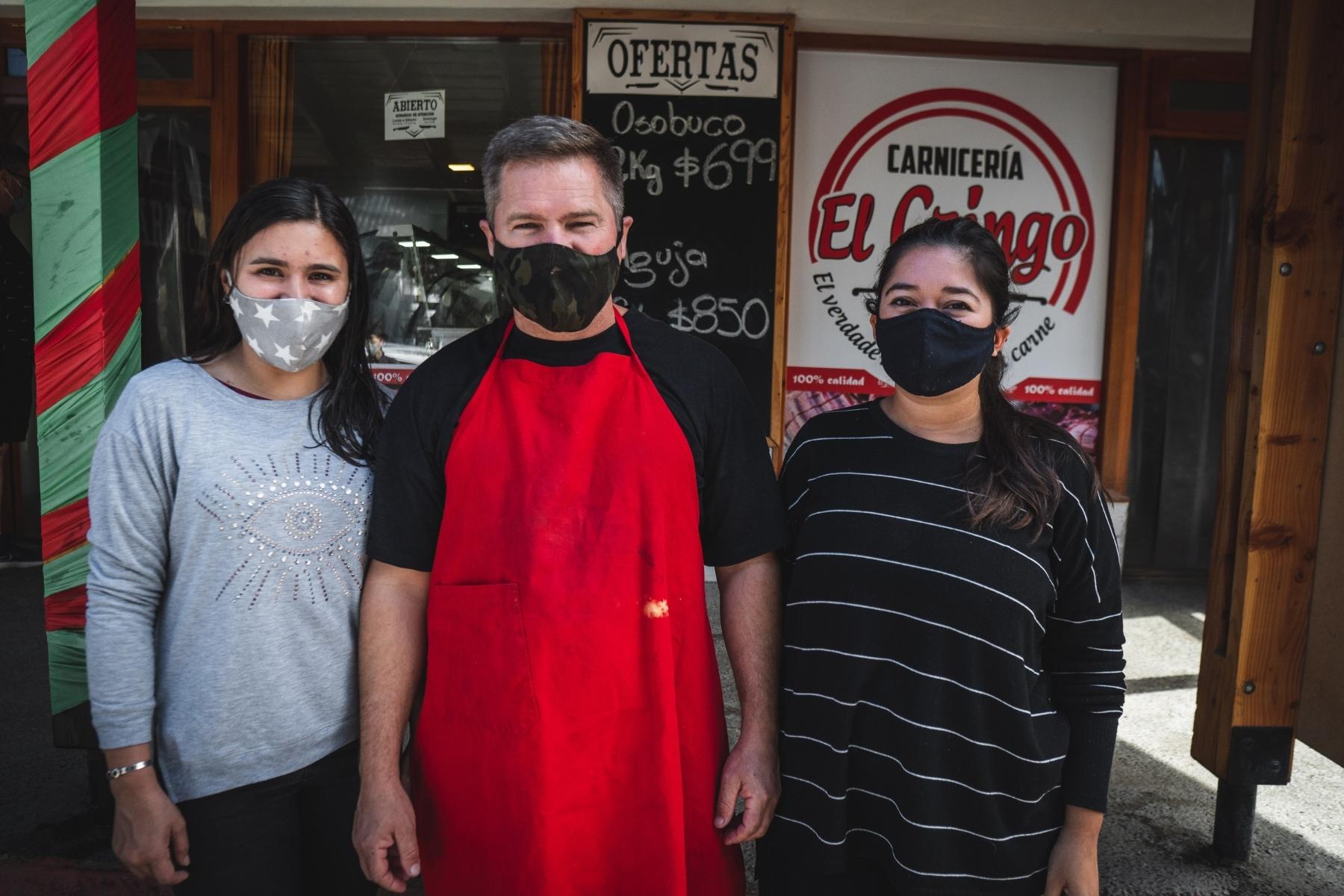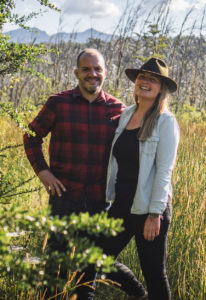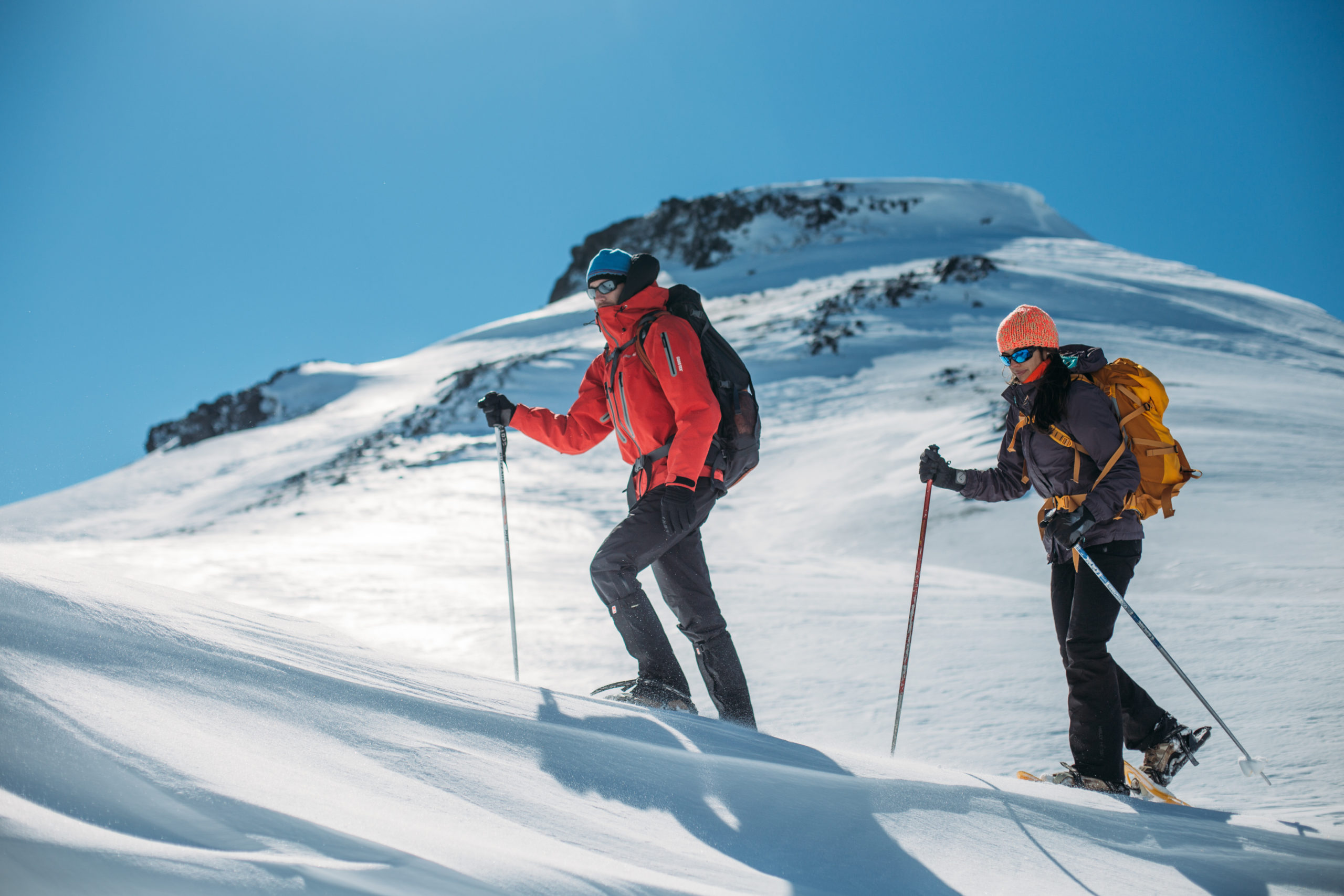Malbec + Argentine Steak. Name a better duo... We’ll wait.
We’re definitely bringing meat to the party when talking about Argentine culture. Meat production is not only one of Argentina’s first thriving industries since it’s inception as a nation due to the fertile Pampas landscape. Meat consumption for the Argentine population is as ritualistic as putting our pants on everyday. Although… we are gonna leave our pants unbuttoned as we dig into this mouthwatering discussion, and take a quick bite of our delicious grilled vacío (flank) steak from El Gringo butcher shop here in Villa La Angostura.
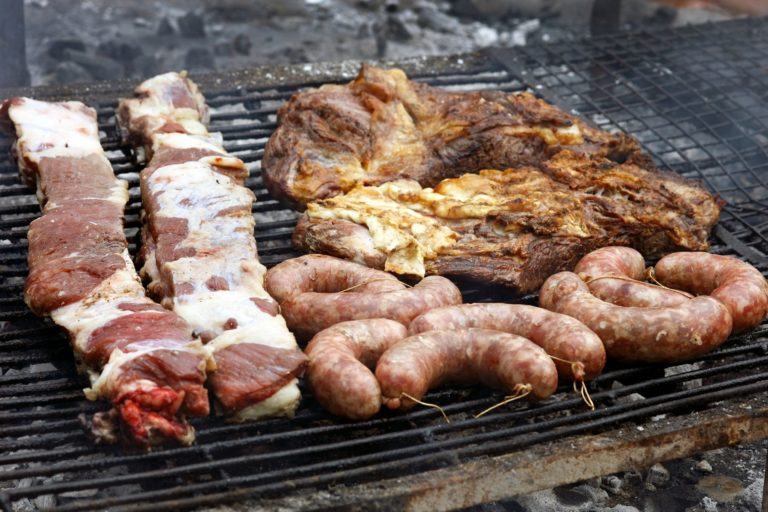
History of Asado (Grilling)
Ranching and meat consumption date back to the 1500’s here in Argentina, thanks to our vast landscape of the Pampas where the soil and climate are ideal for raising cattle. One of the first ways of utilizing cattle was creating salted beef. Aka, beef jerky. Otherwise known as “Ch’arki” in the Quechuan language in the South American Andes region. This was an extremely popular and economical way to consume and sell meat, and is still a global favorite.
Gauchos, who would herd the cattle, would roast meat over makeshift grills multiple times a day for sustenance. Unintentionally, establishing the tradition of grilling, now a favored method of cooking Argentina’s sacred meat.
As new discoveries were made, Argentines started using other cuts of the cow to develop the dishes that we know and love today. Spanning from Roast Beef to Prime Rib (yum), to Asado short ribs. Notice that Asado means both ‘grilling’ and the term for short ribs. Sign me up either way!
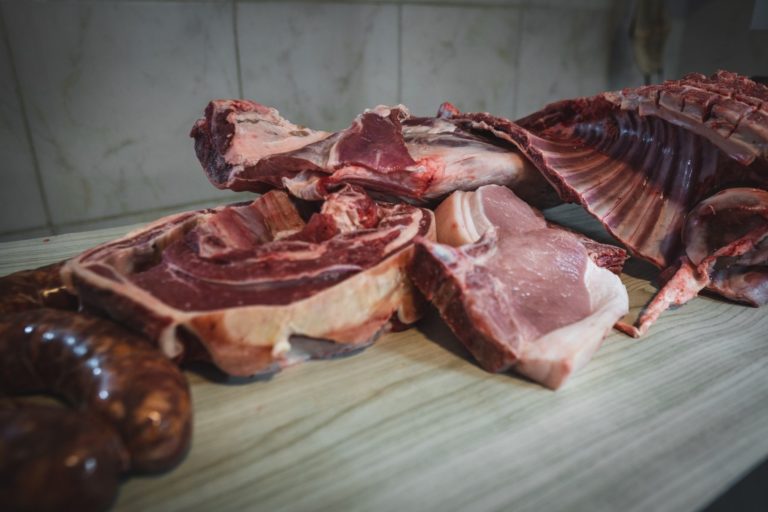
Argentina historically received it’s title of producing some of the best meat globally due to our method of raising grass-fed cattle, and has since been one of the biggest meat exporters in the world. A grass-fed cattle provides leaner meat as opposed to corn or soy fed which is a more common method with large volume production.
For the ultimate meat eating experience we feel it necessary to bring up Malbec wine. Malbec, originally from France has basically been adopted by Argentina. Argentina has become Malbec’s more common home, thanks to our high elevation. This fruity and floral liquid gold is known for pairing perfectly with lean red meats, which just happens to be our specialty.
The Patagonian Meat Experience: El Gringo
The Argentine Asado tradition does not exclude our home of Villa La Angostura. A town stocked with glorious eateries, restaurants and butcher shops. One of our favorite places to frequent is El Gringo.
Although El Gringo is relatively new to the butcher business, no Argentine is a novice to the art of grilling. What makes El Gringo memorable is their incredibly fresh inventory of classic meats, which include the bone, exuding unmatched flavor once cooked.
He moved to Villa La Angostura eight years ago as entrepreneur and President of TREX Internet Company. Once settled in, he met Roberto Vásquez previous owner to what we now know as El Gringo. Dubbing the shop with the name of ‘foreigner’, he has created a regular town staple for savory meat in the Bariloche region that has been well embraced by our community.
With the help of his wife, daughter and other crew of butchers, he has established El Gringo with the customer experience as their top priority. El Gringo has a reputation for its cleanliness and exceptional cuts of meat.

It’s time to eat:
There are many popular meat dishes to name when dining in Argentina. We asked his opinion on which meat best serves Argentina on a plate. He voted on Asado (short ribs).
Asado, cooked low and slow with just a pinch of salt, is usually the first cut to take the leap onto the Parilla (the grill), and cooks for hours while you prepare other dishes to start snacking on. You’ll want to leave the Asado on until the meat is cloaked in crispy goodness on the outside. Argentines have a gold standard for their meats being well-done, so the crispier the better!
There are many other dishes Argentina is known for in the meat-eating department ranging from appetizers to main courses:
Chorizo, Argentine Sausage:
a great appetizer to start and an absolute must when hosting your Asado. Top with chimichurri sauce for the ultimate experience.
Mojella, Sweetbread:
for best results, soak overnight in water or milk, and then blanch in boiling water. Next, you’ll place your mojellas on the parilla, and grill until there’s a crispy exterior.
Vacio, Flank Steak:
The butcher ‘s personal favorite, is cooked low and slow with the fat still included, which sears to a crisp. It’s then commonly used to make sandwiches topped with melted cheese. We can see why this is his go-to.
Bife de Chorizo, Sirloin/New York Strip:
The end result of this staple will indicate the quality of the parrilla. You’re looking for a light coat of fat around the perimeter, although not an excessive amount when choosing your cut.

The Bariloche way:
These are a few of many examples of amazing bites you’ll eat when in Argentina, paired with delicious salads and our Malbec wine of course. However, when in Villa La Angostura you can’t miss the Patagonian Lamb, a delicacy in the Bariloche region.
El Gringo gives his meat and grilling recommendations based on the experience the customer wants to have. He recommends when hosting an intimate Asado to grill your meat low and slow over the parilla while enjoying company. However, when gathering in a larger group of friends you may want to opt for the rotisserie method for dinner and a show.
The art of Asado is an innate skill within the Argentine population. We are lucky to live in Villa La Angostura, a haven for renaissance women and men alike, with many passions and strengths to thrive in. Ranging from butchers to artists, asadors, restaurateurs, and others from all walks of life that gravitate towards our peaceful atmosphere perfect for facilitating one’s craft.

Book Your Trip to Patagonia with In Situ Viajes
Whether you are looking to connect with nature or get the thrills of a lifetime, Patagonia has it all. Spend your morning doing yoga in the forest and afternoon riding dirt bikes around the Andes, the opportunities are endless. If you’re interested in exploring Patagonia, but you don’t know where to start, send us a message. We’d love to help you plan your wild Patagonian adventure.


